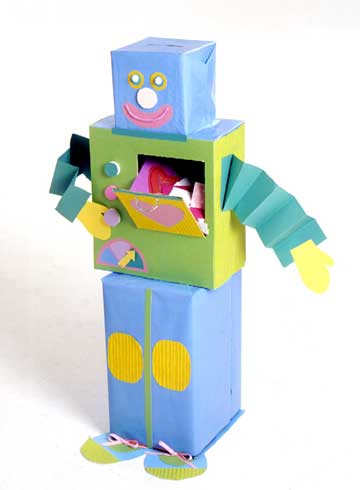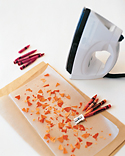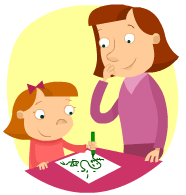 You can support your toddler’s writing development by having materials available. Keeping materials for writing and drawing handy will encourage your toddler to draw and “write.” Children take pride in their work and like to have their attempts acknowledged by parents or caregivers
You can support your toddler’s writing development by having materials available. Keeping materials for writing and drawing handy will encourage your toddler to draw and “write.” Children take pride in their work and like to have their attempts acknowledged by parents or caregivers
Â
Â
Drawing is a complex task, but it helps toddlers become writers. Drawing involves grasping a crayon or marker, holding the paper so it doesn’t move, and applying just the right amount of pressure with the marker–all at the same time. As toddlers develop and practice these skills, they become better writers and drawers.
Â
Â
Toddlers develop the control in their hands needed in order to use writing tools. By 18 months, many children are able to hold a marker and scribble on paper. Some toddlers are able to make a few letters such as “X” or “O” by the time they are 3 years old. At first, they may make these letters purely by accident, though.
Â
Â
Older toddlers like to use “writing” in their play. Using chalk, crayons, markers, and pencils, toddlers mimic how they have seen adults use writing in their lives. For example, your toddler might pretend to be a police officer “writing” traffic tickets or a mommy stuffiing her purse with notes on the way to the grocery store.
Â
Â
Older toddlers become aware that written symbols, such as letters or pictures, represent real objects. This awareness lays the foundation for them to become not only writers, but readers as well. In order to read and write, your toddler must first understand that letters stand for sounds and that groups of letters together stand for words.
Keep crayons and other drawing tools in easy reach. This will encourage your child to use these tools to scribble on paper. These pictures, squiggles, and lines are the beginnings of your child’s writing. At the same time, your child will learn that she can communicate ideas through pictures or symbols.
Provide opportunities for your toddler to develop the physical skills needed for writing. In order for children to be able to control tools like pencils and markers, they must develop motor coordination in their hands. Encouraging your child to stack blocks, pick up toys, finger paint, and roll playdough shapes will help develop these necessary fine-motor skills.
Â
Introduce your toddler to her written first name. As toddlers realize they are individuals, their names take on special meaning. Many toddlers develop an awareness of the letters in their name, especially the very special first letter. Call attention to the letters in your toddler’s name and take the opportunity to point out those letters as they appear on signs, in books, or on labels in the supermarket. As you load groceries into your cart at the market, you can say, “Look, it says ‘macaroni.’ Macaroni starts with ‘M,’ like your name–Matty.”
Â
 Respond to the intended meaning of your toddler’s marks on paper. Younger toddlers may tell you a line is a dragon. Older toddlers may proudly tell you, “This says ‘I love you’” as they point to squiggles on the page. Whatever your child draws, or no matter how readable it is, make sure to respond to the meaning of the writing. Display you toddler’s work to instill a sense of pride.

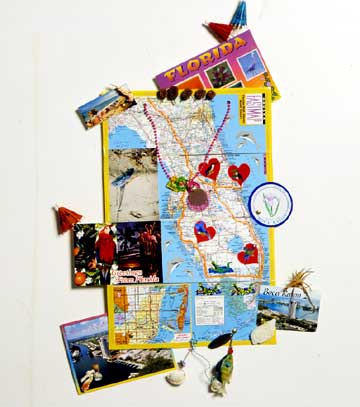
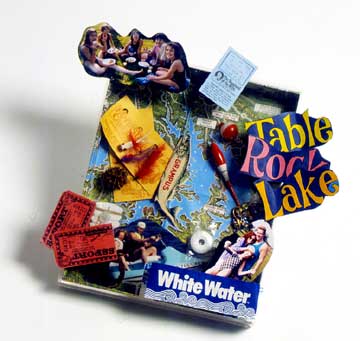
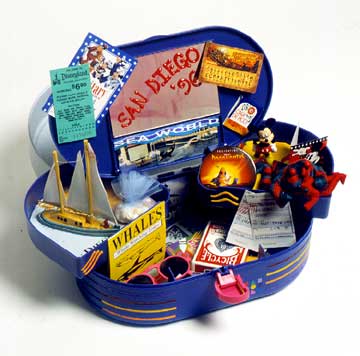






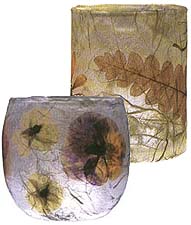

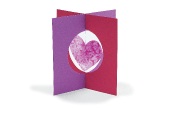 To make one, cut two 4-inch squares out of colored card stock. Cut matching 2 ¼-inch-wide circles from the centers of the squares and discard them. Now cut ½-inch notches in each square . Fit the squares together so that the notches interlock, as shown, and use thread and tape to hang a heart in the opening.
To make one, cut two 4-inch squares out of colored card stock. Cut matching 2 ¼-inch-wide circles from the centers of the squares and discard them. Now cut ½-inch notches in each square . Fit the squares together so that the notches interlock, as shown, and use thread and tape to hang a heart in the opening.